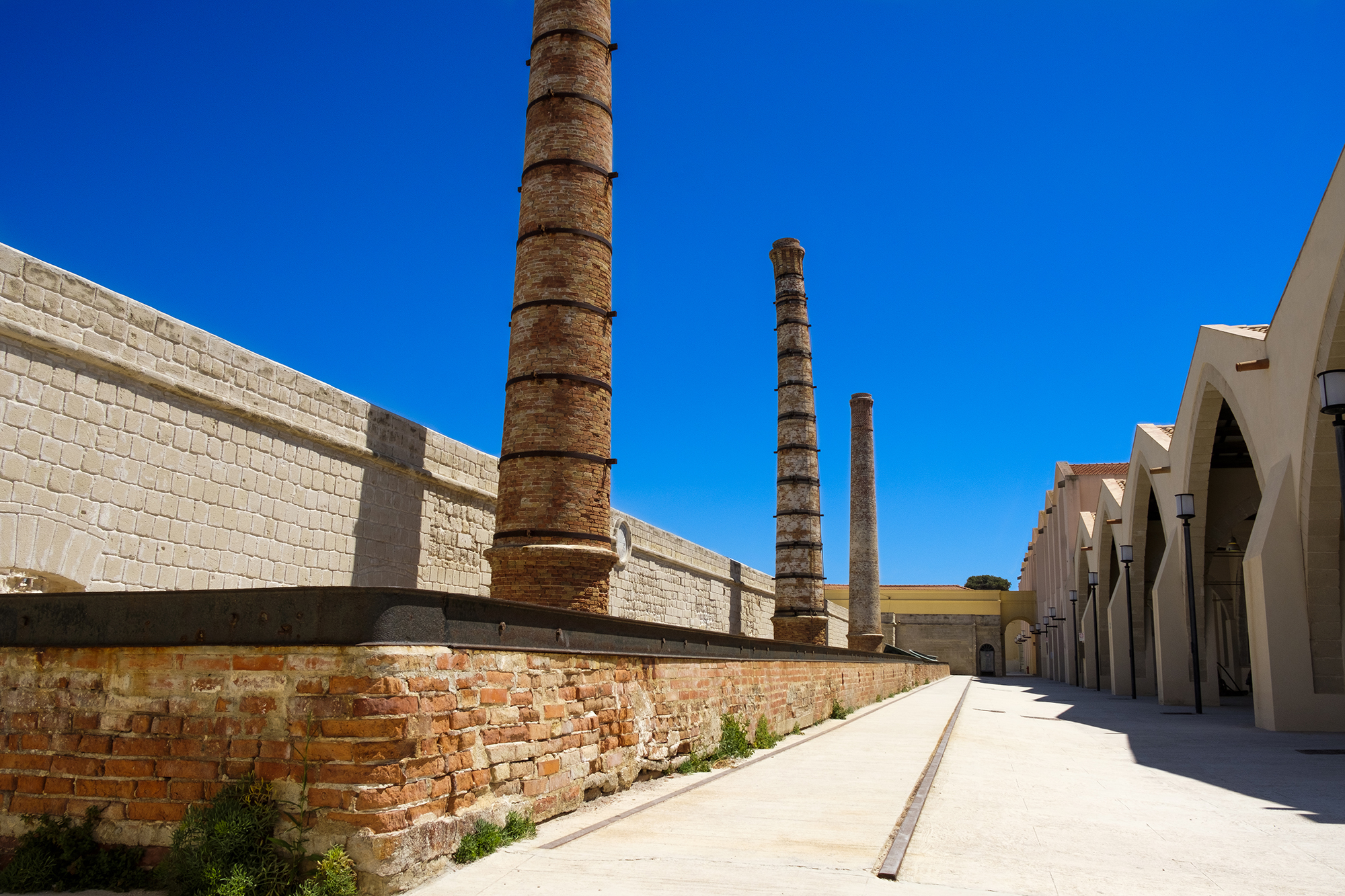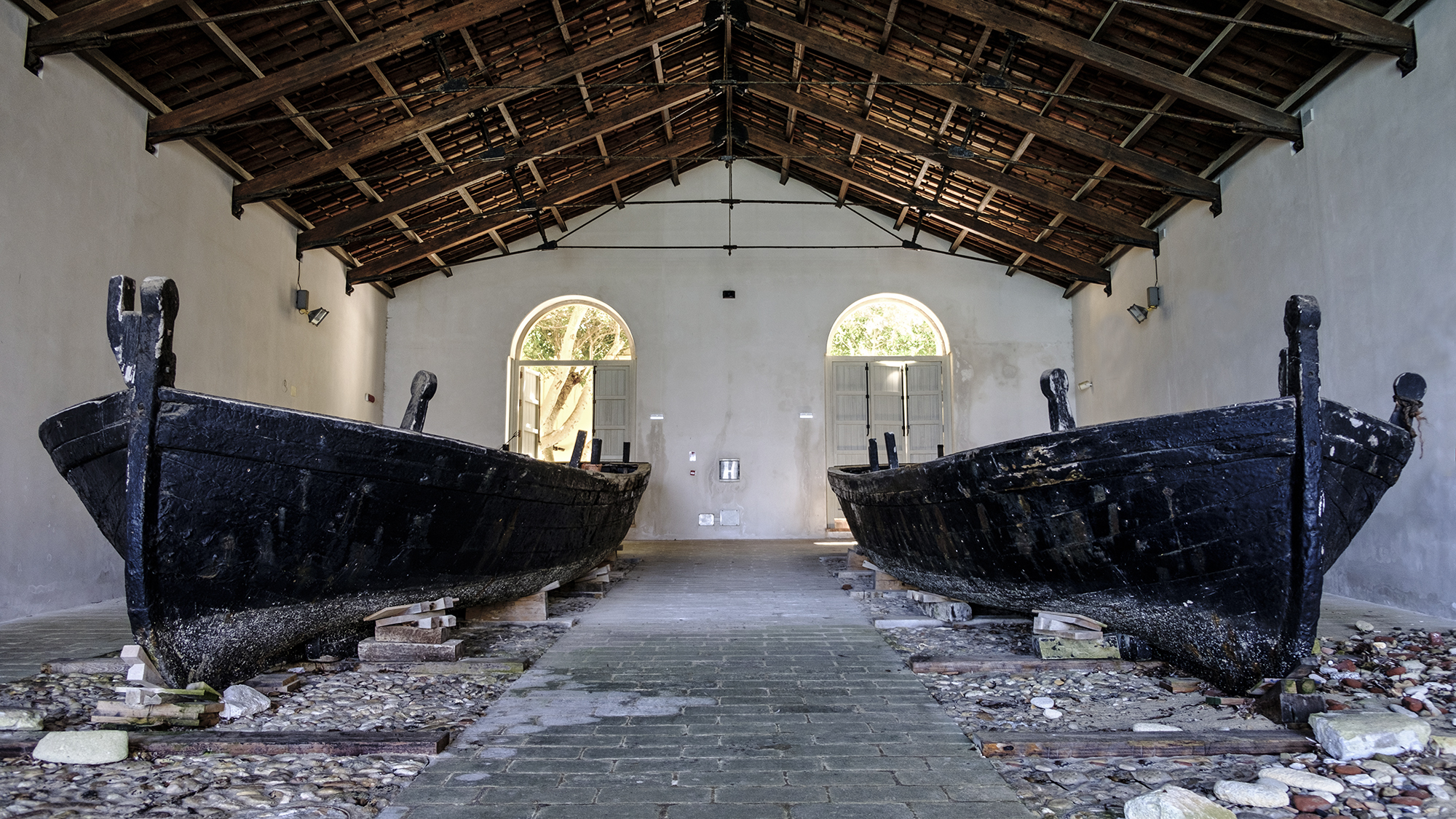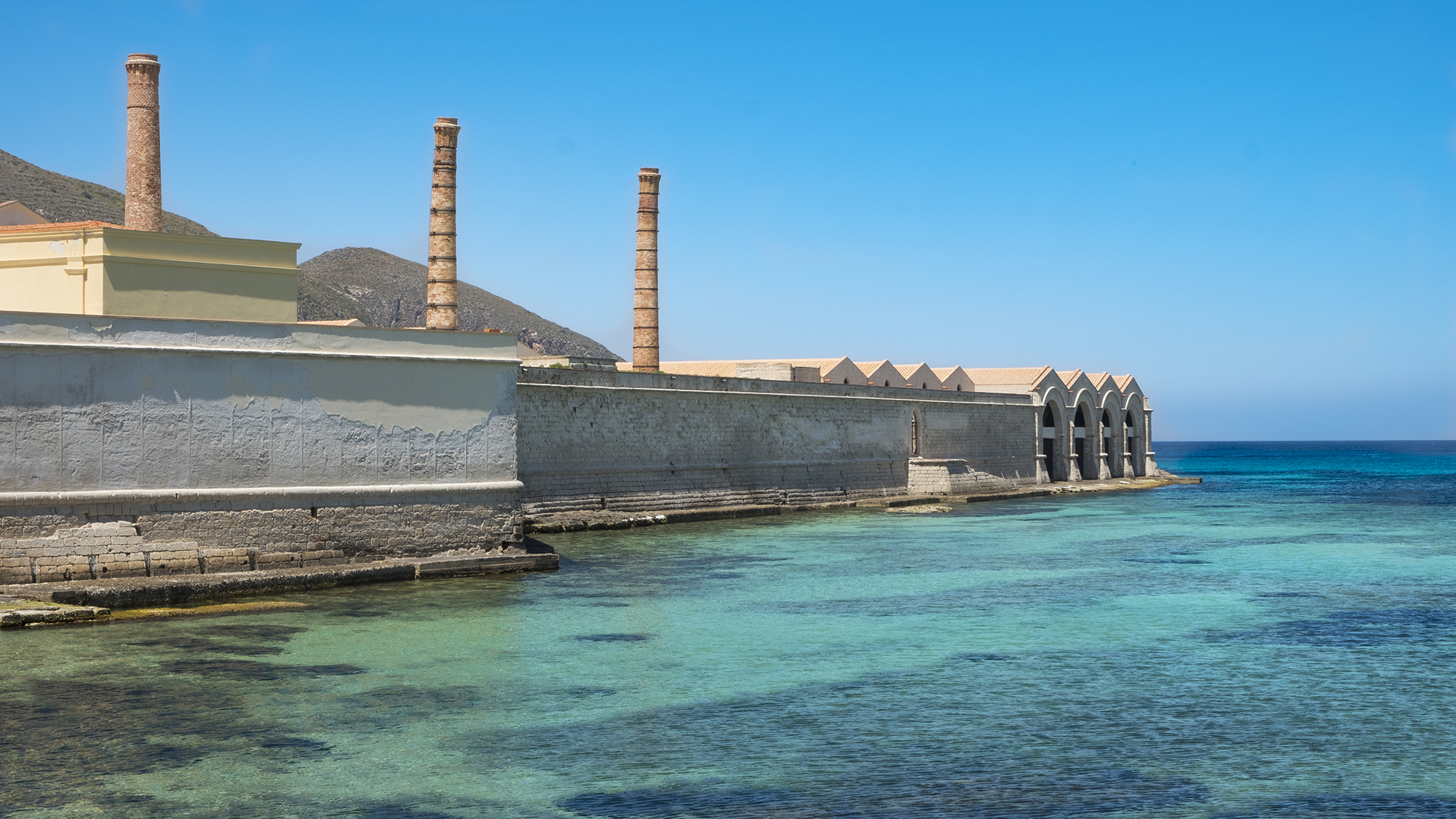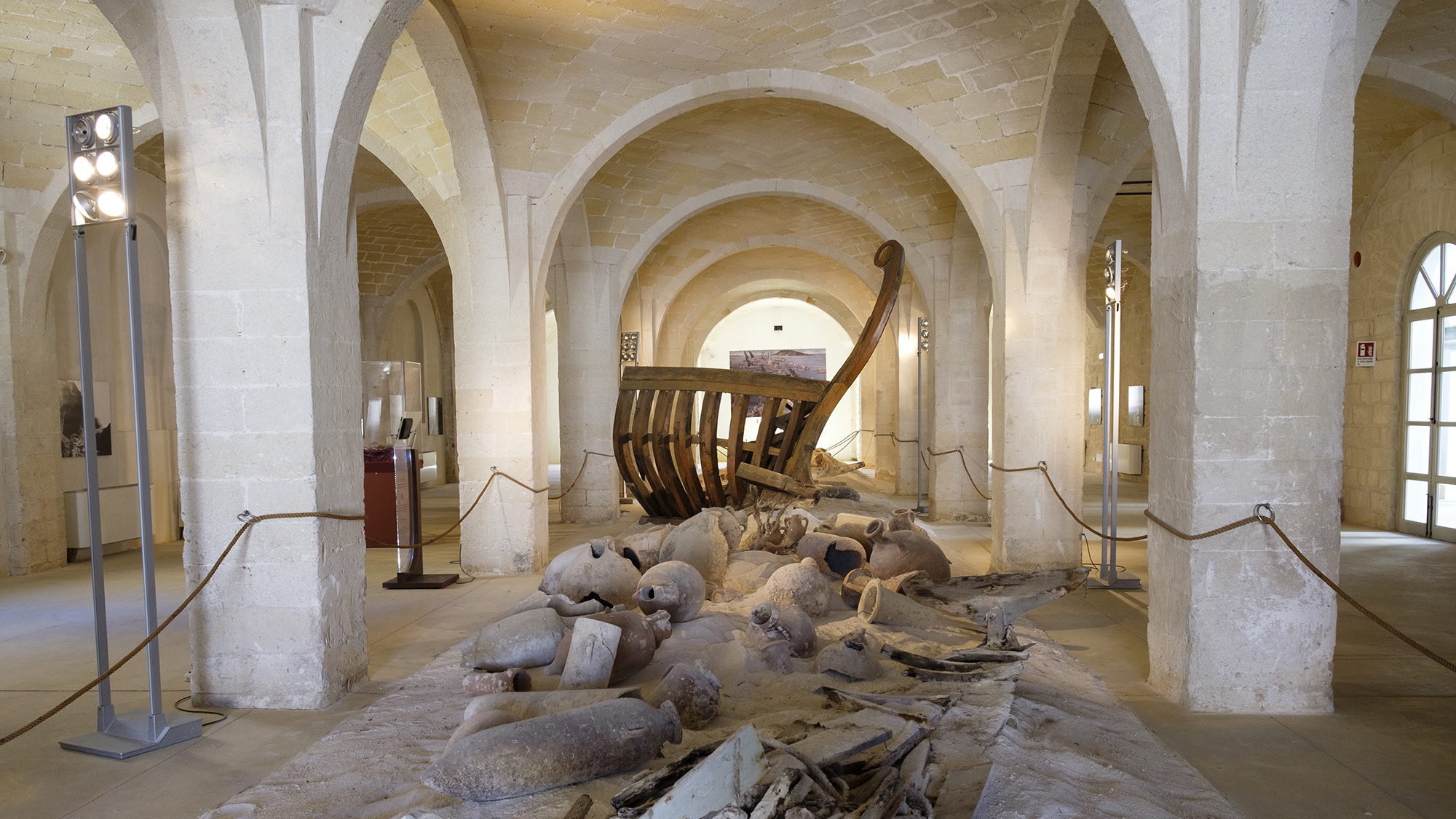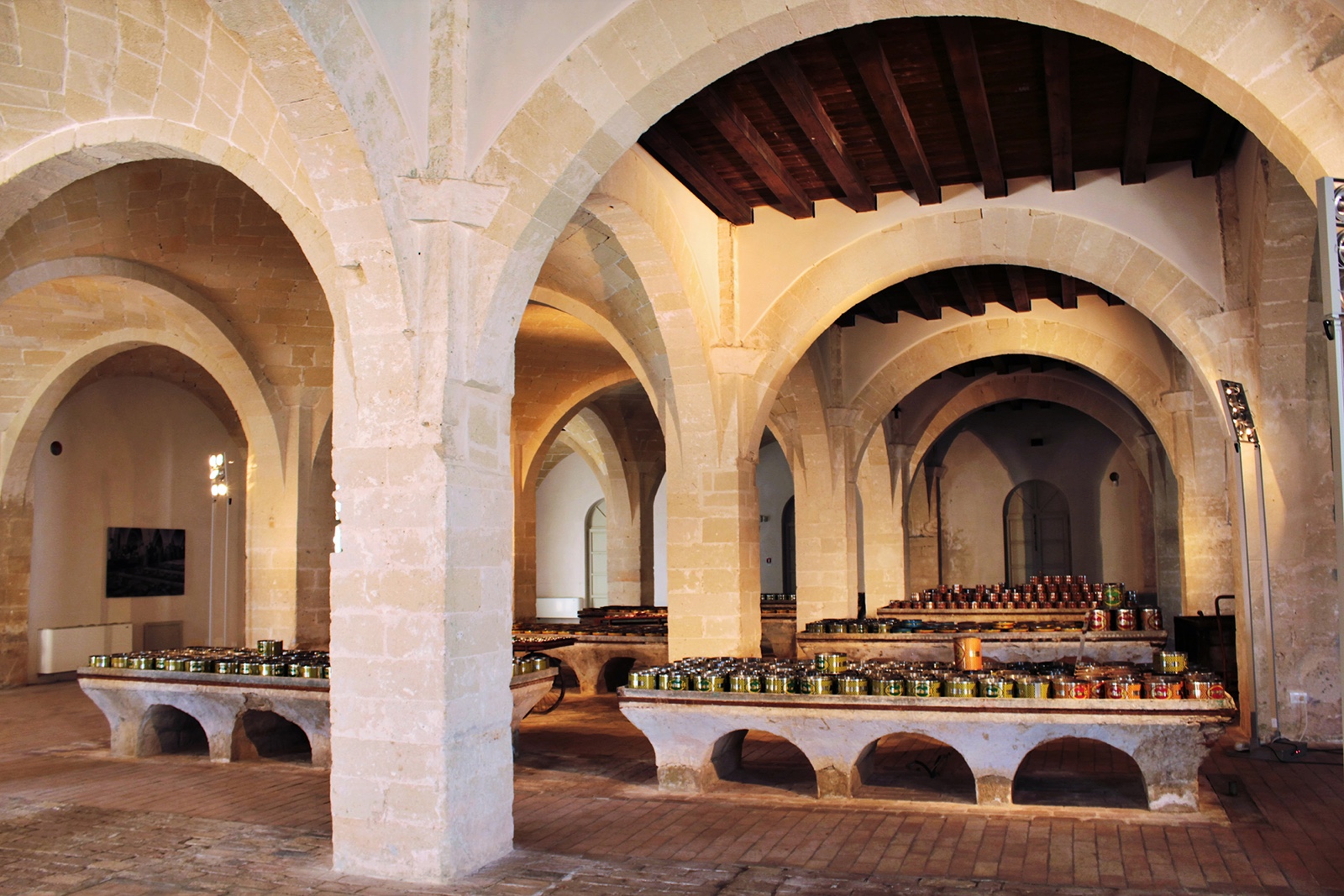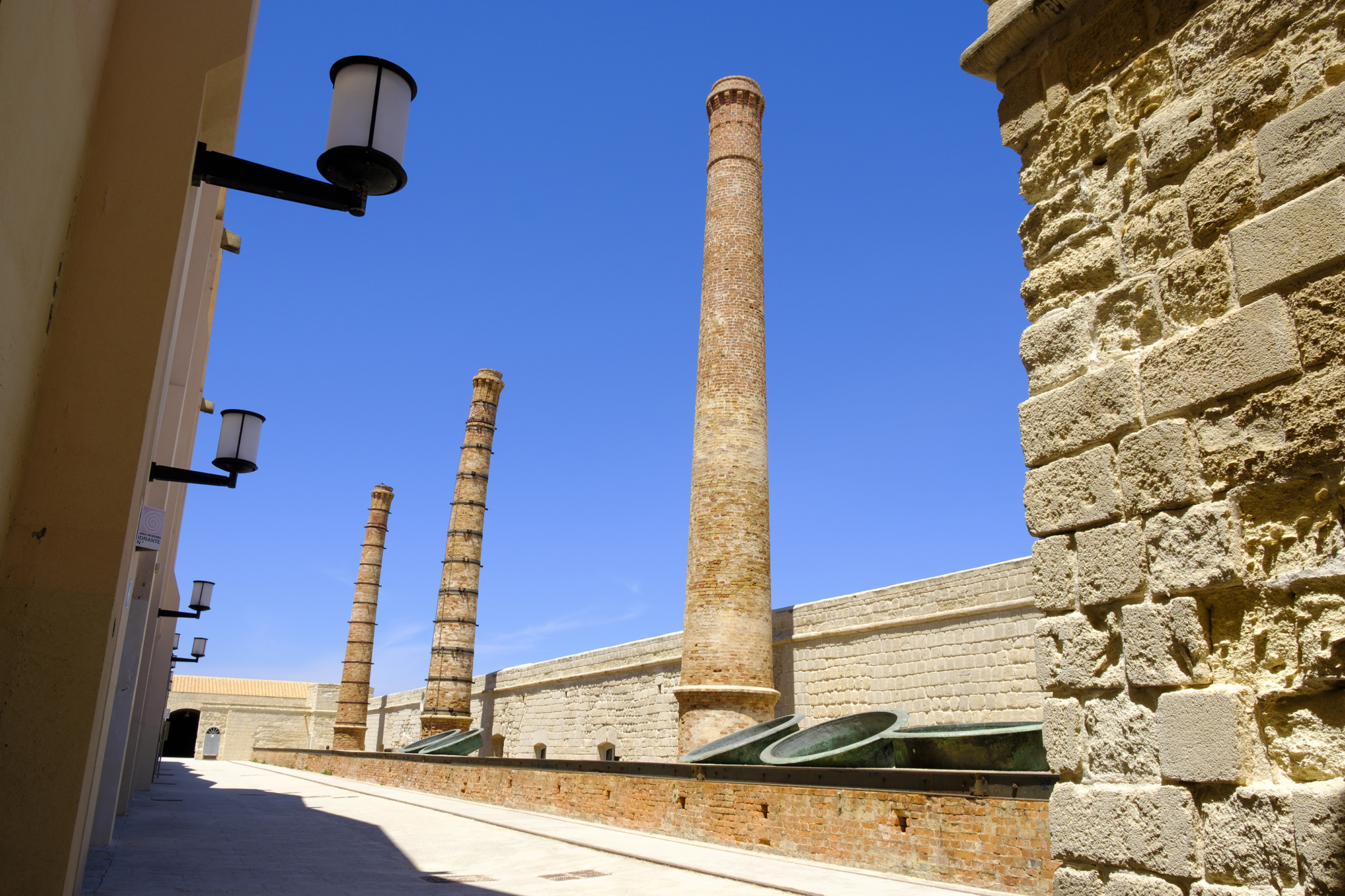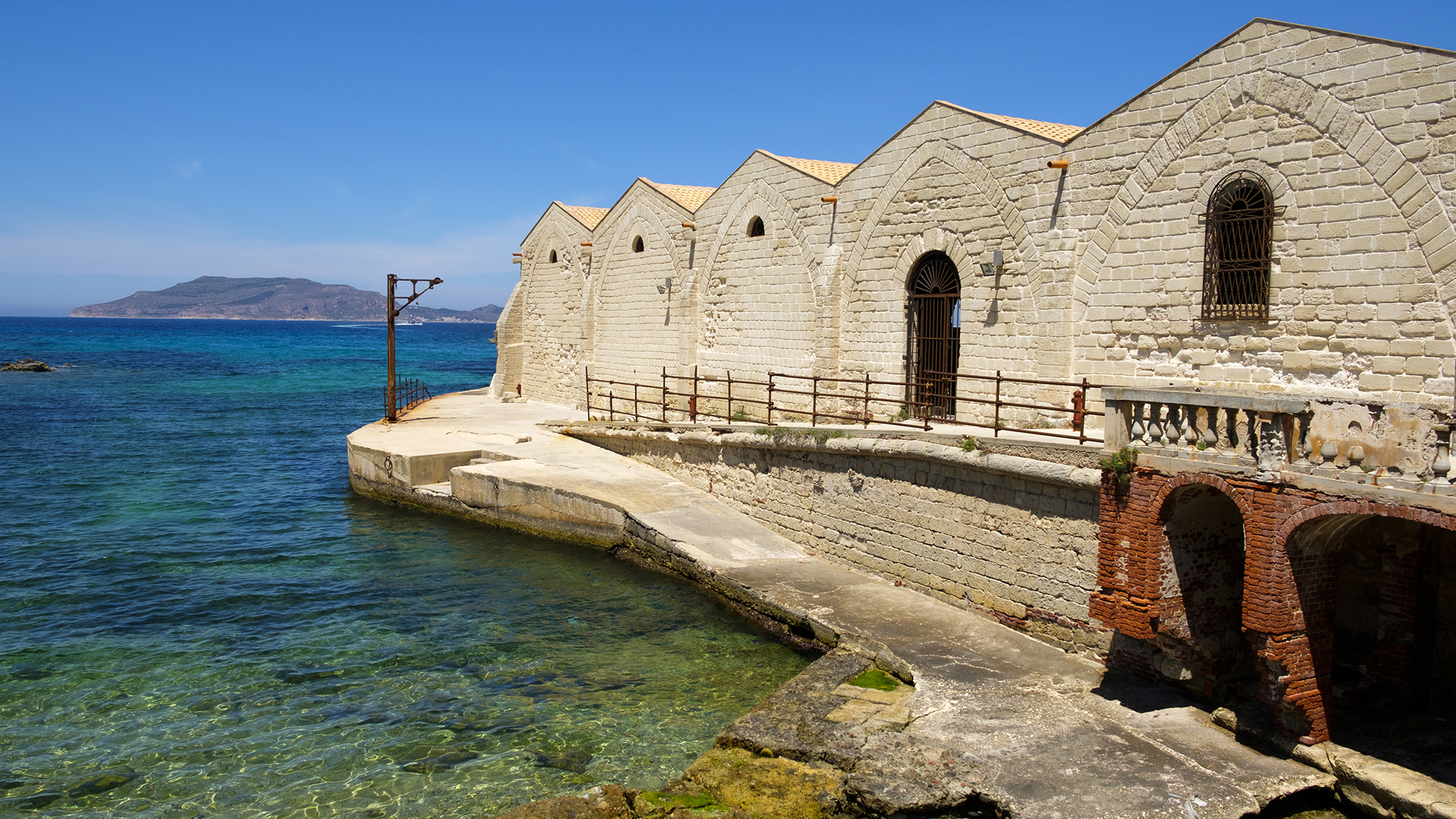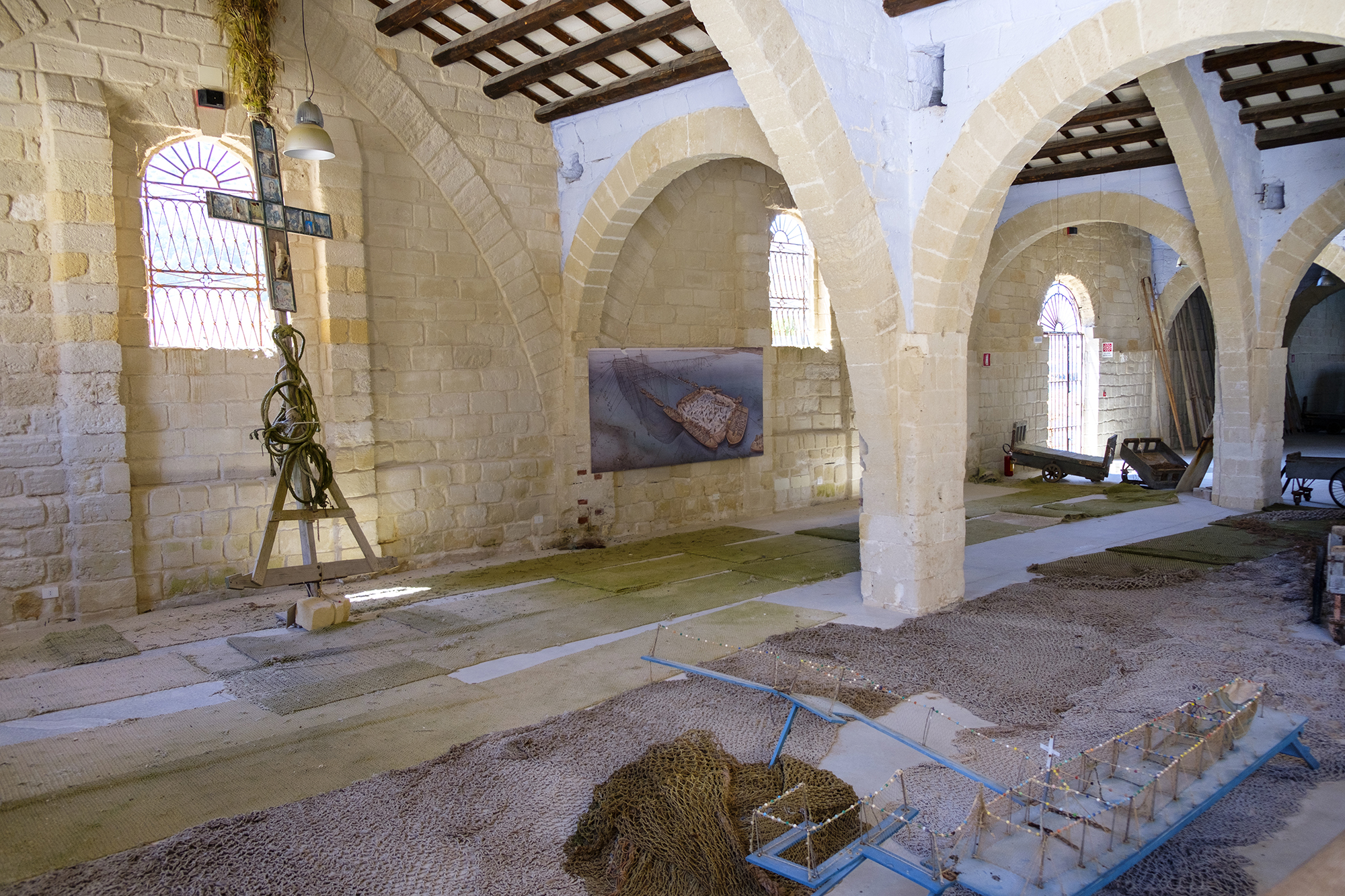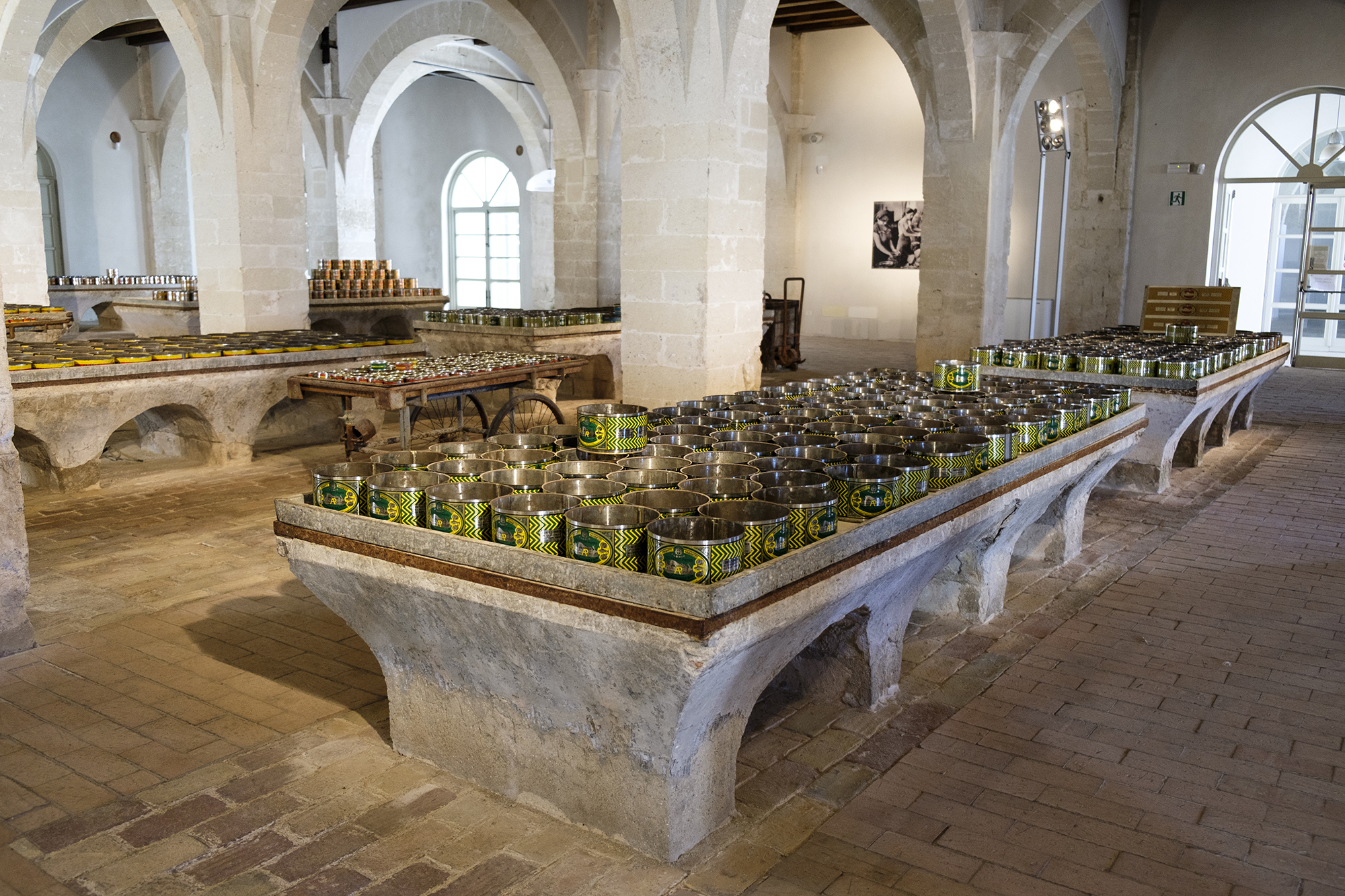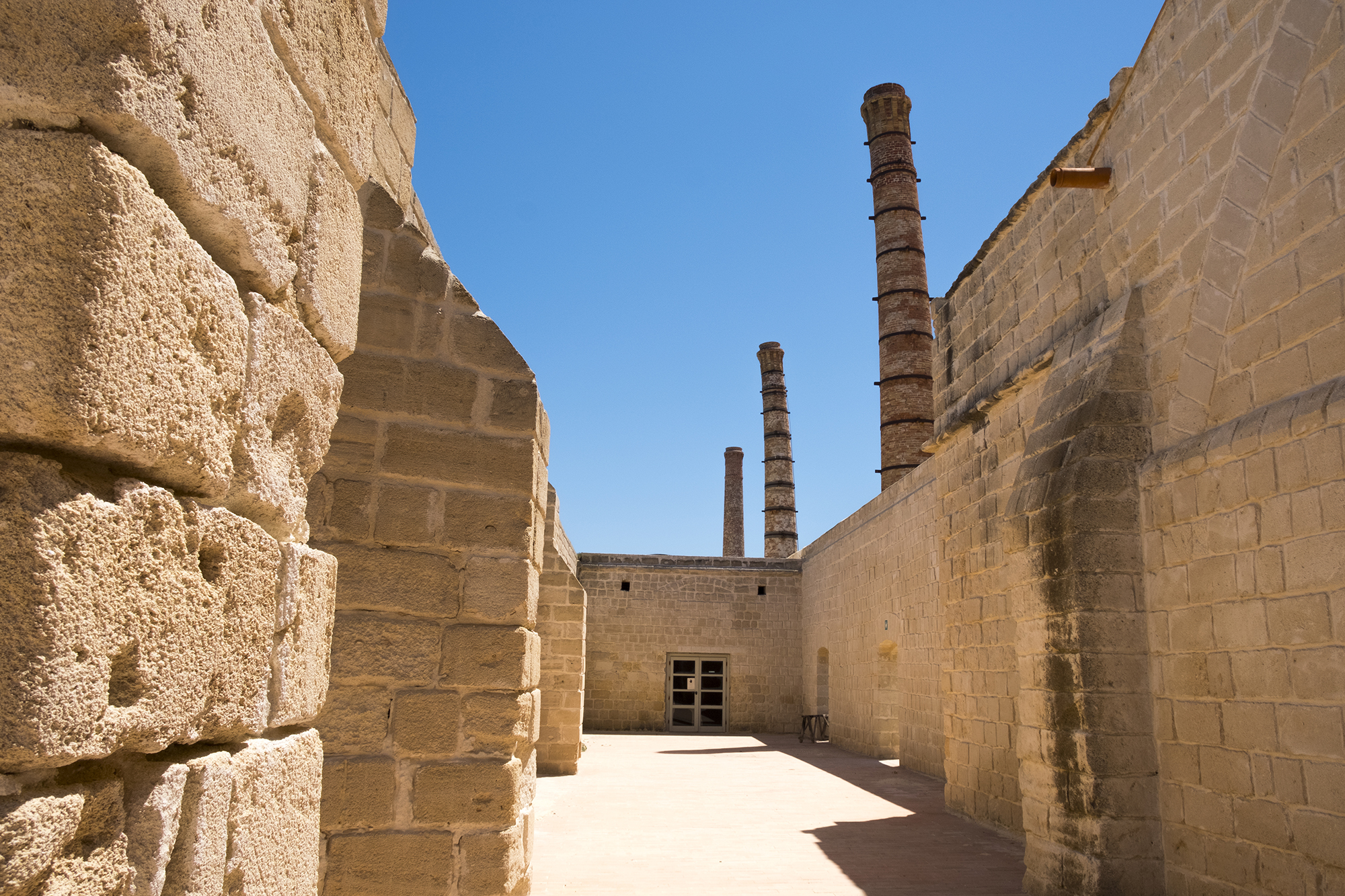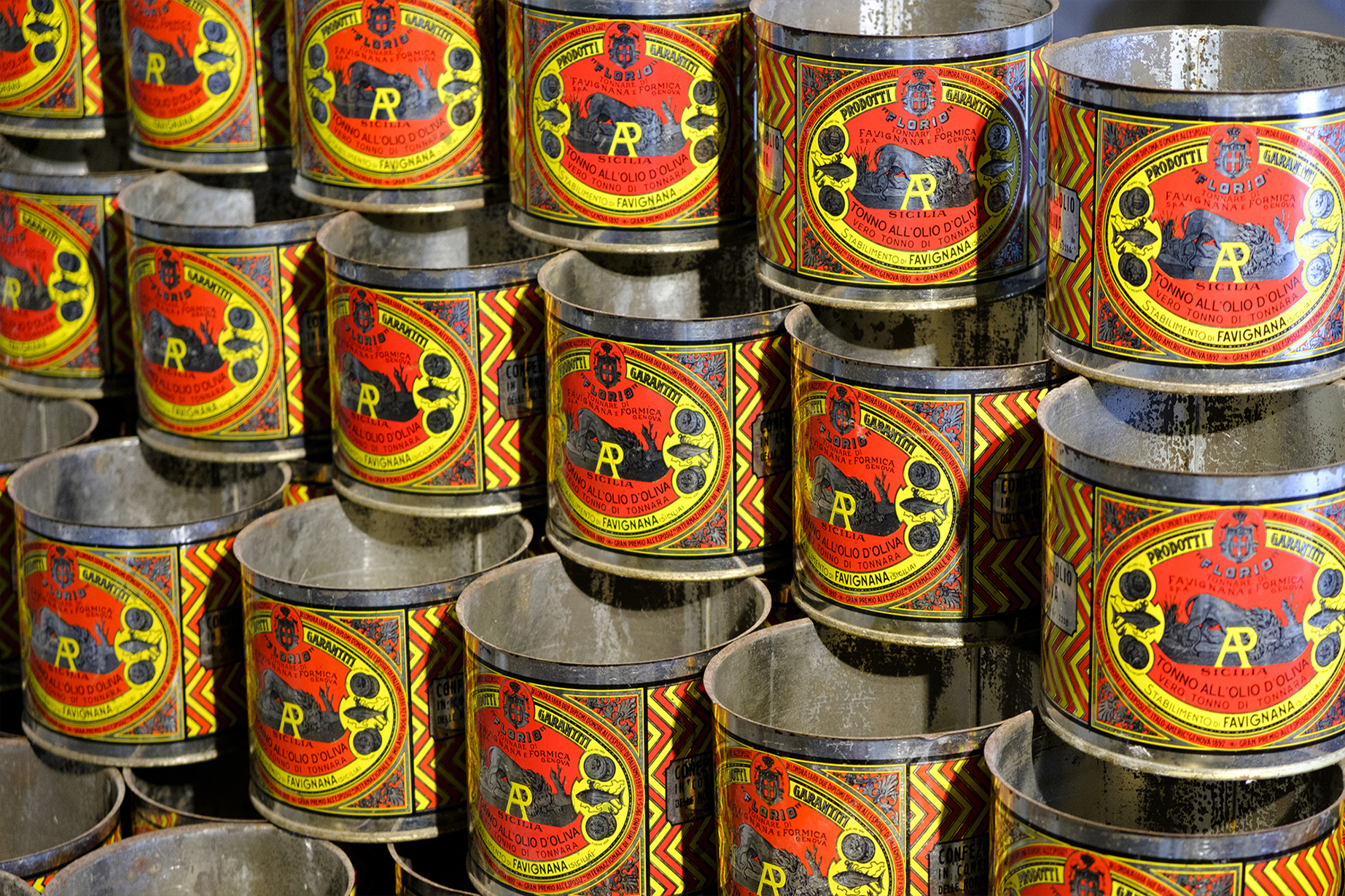Ex Stabilimento Florio
The Florio Factory becomes a Museum in Favignana
The island of Favignana is one of the most spectacular of the Egadi Islands and there is no tourist who is not fascinated by it. Among the many beauties of the island is the former Florio Factory, which has become a major attraction as it represents a true jewel of industrial archaeology. For tuna enthusiasts, the factory is a symbol of Favignana's economic development because it was not only the place where all the equipment necessary for tuna slaughter was kept, such as anchors and boats, but also the synonym of the most flourishing tuna processing and preservation industry. The factory belonged to the Florio family, whose history was fundamental for all the inhabitants of the island, who thanks to it were able to redeem themselves and find a new source of income. The style of this majestic building, thanks to its arches and mighty ceilings, emulates that of great cathedrals, giving almost a sacred sense to a place where work was carried out. Solemnity and mysticism are the main characteristics of the building, which is so important to all the inhabitants of Favignana.
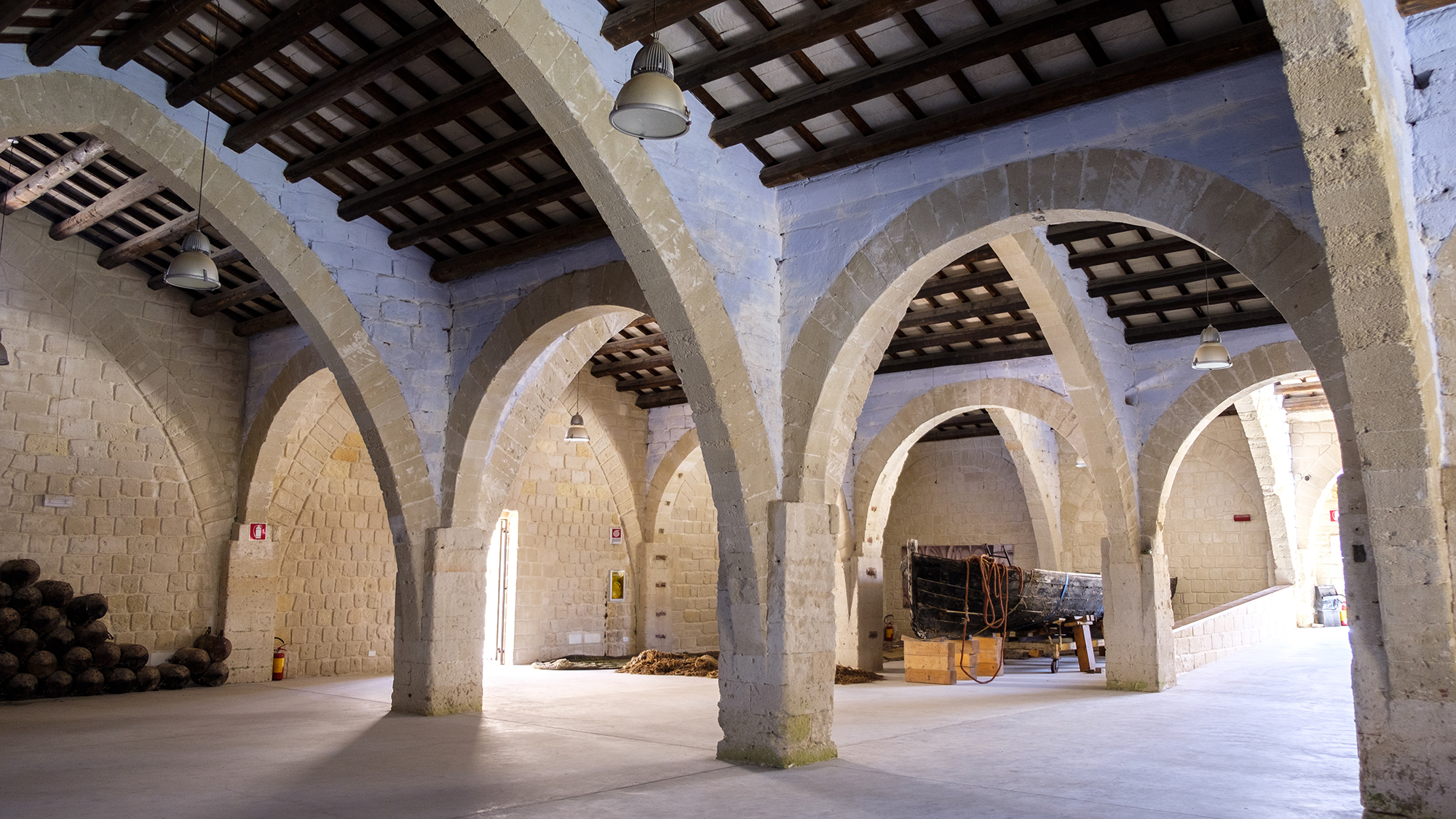
The origins and extent of the factory
The construction of the first nucleus of the building is due to the Genoese architect Giulio Drago, who rented the tuna fishery in 1859. The factory owes its prestige to Ignazio Florio, who gave life to the grandiose construction by commissioning the architect Damian Almeyda in 1878 to renovate the buildings dedicated to the tuna fishery. Thus began the special relationship that binds the Florio family to the islanders to the point that the sense of belonging is really essential. The factory covers an area of about 32,000 square meters and is made up of many different covered spaces for different uses and sizes. Among the rooms there are offices, workshops, carpentry, warehouses, dressing rooms for women and men, machine galleries, and all the specific rooms for tuna processing and boat storage. All the rooms are characterized by Favignana tuff.
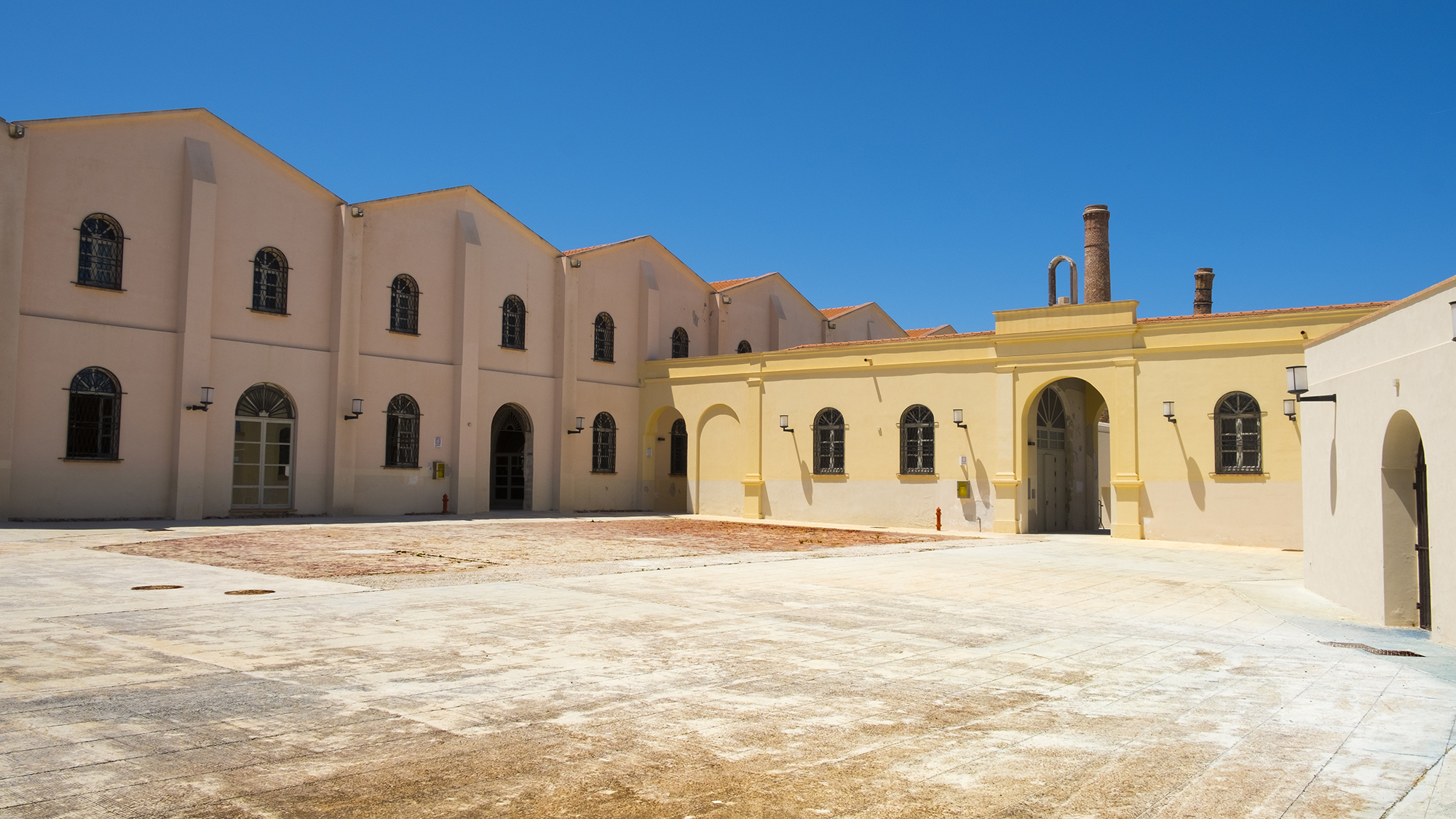
The decline of the Florio family and the closure of the factory
Unfortunately, in the 1930s, due to various vicissitudes, the Florio family began a real decline, and as a result, in 1937, the island's economic activity passed into the hands of a powerful family from Genoa, the Parodi family, who acquired Favignana and its tuna fishery. The factory had a prosperous period thanks to the new family and continued to represent the island's greatest economic resource. The situation deteriorated in the 1970s when the factory, no longer able to be competitive in an ever-evolving market, definitively ceased its activity. The Sicilian Region bought the factory in the 1990s due to its closure and the consequent state of abandonment.
The opening of the Museum after restoration
An artwork of such great value could not remain unused for long, therefore, restoration work began in 2003 and the Museum was inaugurated in 2009. Interventions were carried out on a surface area of approximately 19,000 square meters, and the total restored surfaces reach 9,000 square meters. Important numbers for a construction of enormous historical and emotional value, in fact, about 27,000 square meters of wall surfaces and about 16,000 square meters of flooring were restored. About 350 cubic meters of wood and 53,000 cubic meters of electrical cables were used for the warp and rafters. The archaeological Museum includes many works of considerable prestige such as amphorae from various historical periods, prehistoric artifacts, a headless statue, a rostrum dating back to the Roman era found in the waters of the Egadi Islands. There is also a section dedicated to the Florio family, which includes two very suggestive holographic multimedia installations, where the testimonies of the people who worked in the factory are collected. In the Museum, you can admire the images of the great photographers of the Magnum agency thanks to two dedicated rooms and a series of educational panels that have fishing and tuna processing as their theme.
